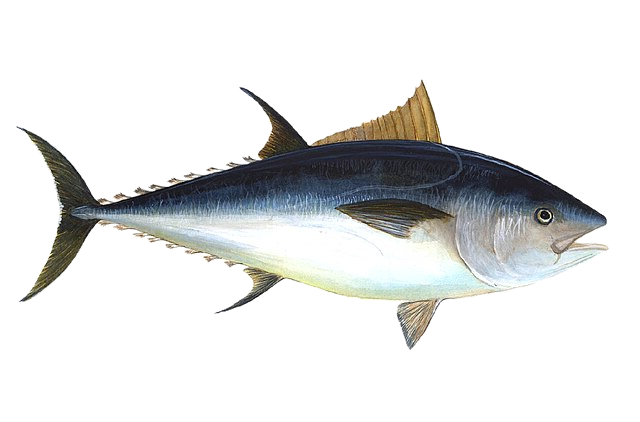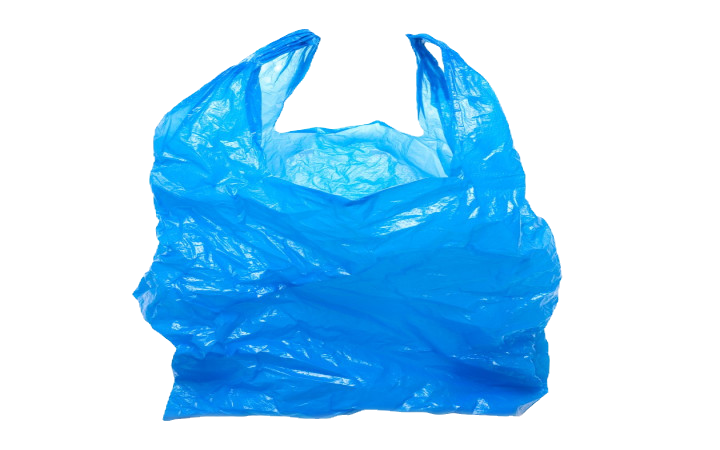The digital portfolio














Figure 2: a live photo simulating the reality of aquatic animal, fish living in inhabitable conditions in a polluted river. This depicts the damaging nature of pollution, a leader ecosystem disruptor and evironmental concern in South Africa. | Courtesy of Imologang Morulane
Pollution: Poisoning Our Waters
The live image in figure 2 depicts a close-up shot of a couple of common pollutant, eg. plastics bags, bottles and baby nappies thrown in a river. This incident is regarded as pollution, representing a prevalent environmental issue in South Africa. Despite the damage of plastic waste being evident which threatens the life of the aquatic animals in the photo, there will be other severe ongoing long-term consequences to this incident of marine pollution that are often overlooked because its effects are gradual based on Robert Nixon (2011) on slow violence. The careless individuals who engage in acts of pollution might have considered disposing of them away from the public eye justifies their actions, but their method of disposal is extremely hazardous as its actions like this which consequently results in biodiversity loss and the erasure of green spaces. According to the UN (2016) “more than 80% of global wastewater is being discharged back into the environment without adequate treatment, while 300–400 million tonnes of heavy metals, solvents, toxic sludge and other industrial waste are dumped into the world’s waters every year”. For instance, discarded plastic debris could be ingested by wildlife leading to suffocation, or the entanglement of species. It also causes internal and external injuries that reduce the abilities of animals to swim. Floating plastics waste could also transport invasive alien species, identified as one of the leading factors of biodiversity loss and species extinction.
Eco-critique: This irresponsible method of disposal calls to attention of the poor community waste management, which seems to be normalized. This is evident due to the degree of pollution. This contributes to the contamination of the environment, threatening humans and wildlife.
Eco-action: This poor practice can be challenged through the implementation of stricter environmental regulations that penalize poor waste disposal practices and invest in clean technologies. Other solutions include organizing of community education seminars in collaboration with the local Municipality that builds awareness and informs individuals of proper waste management practices.